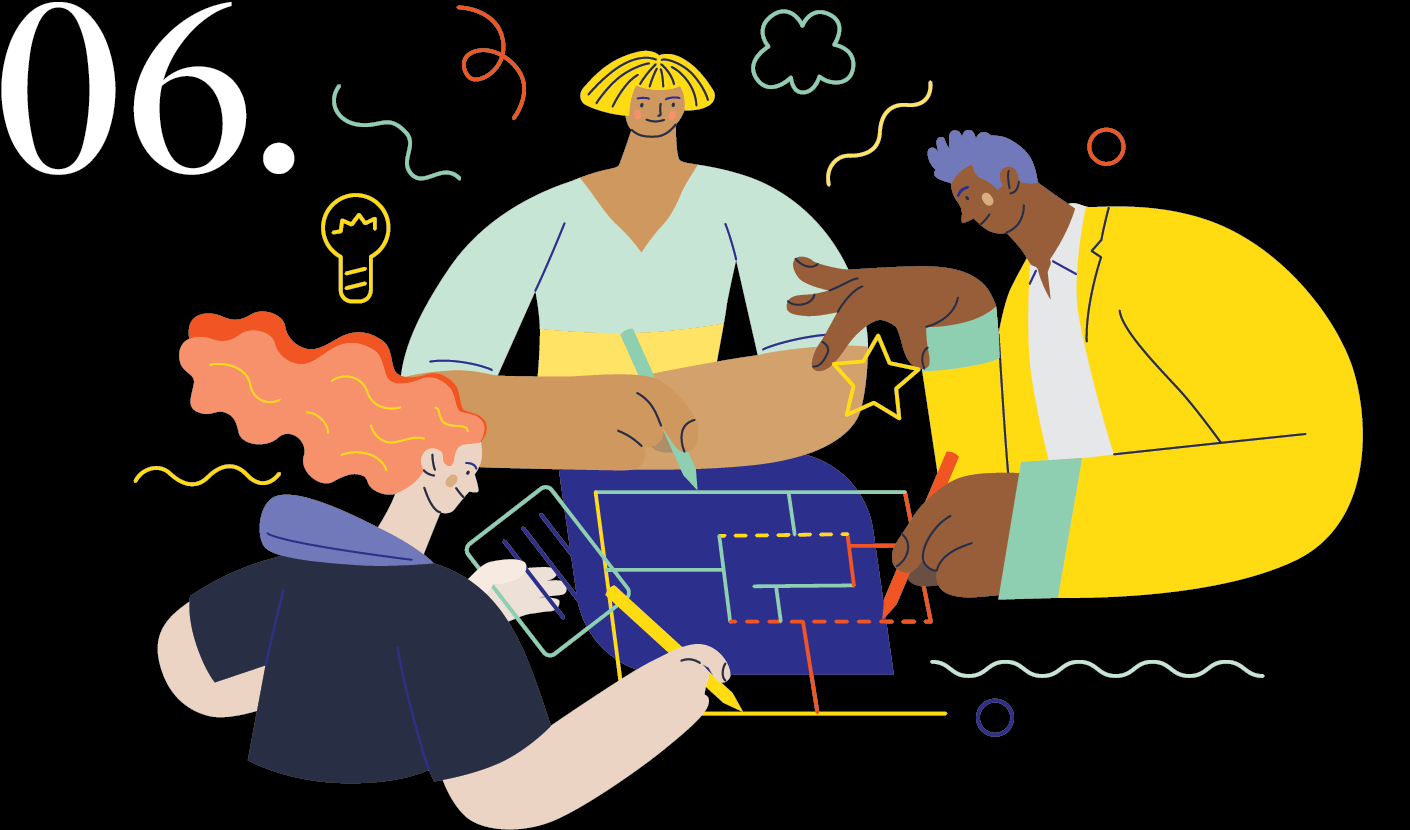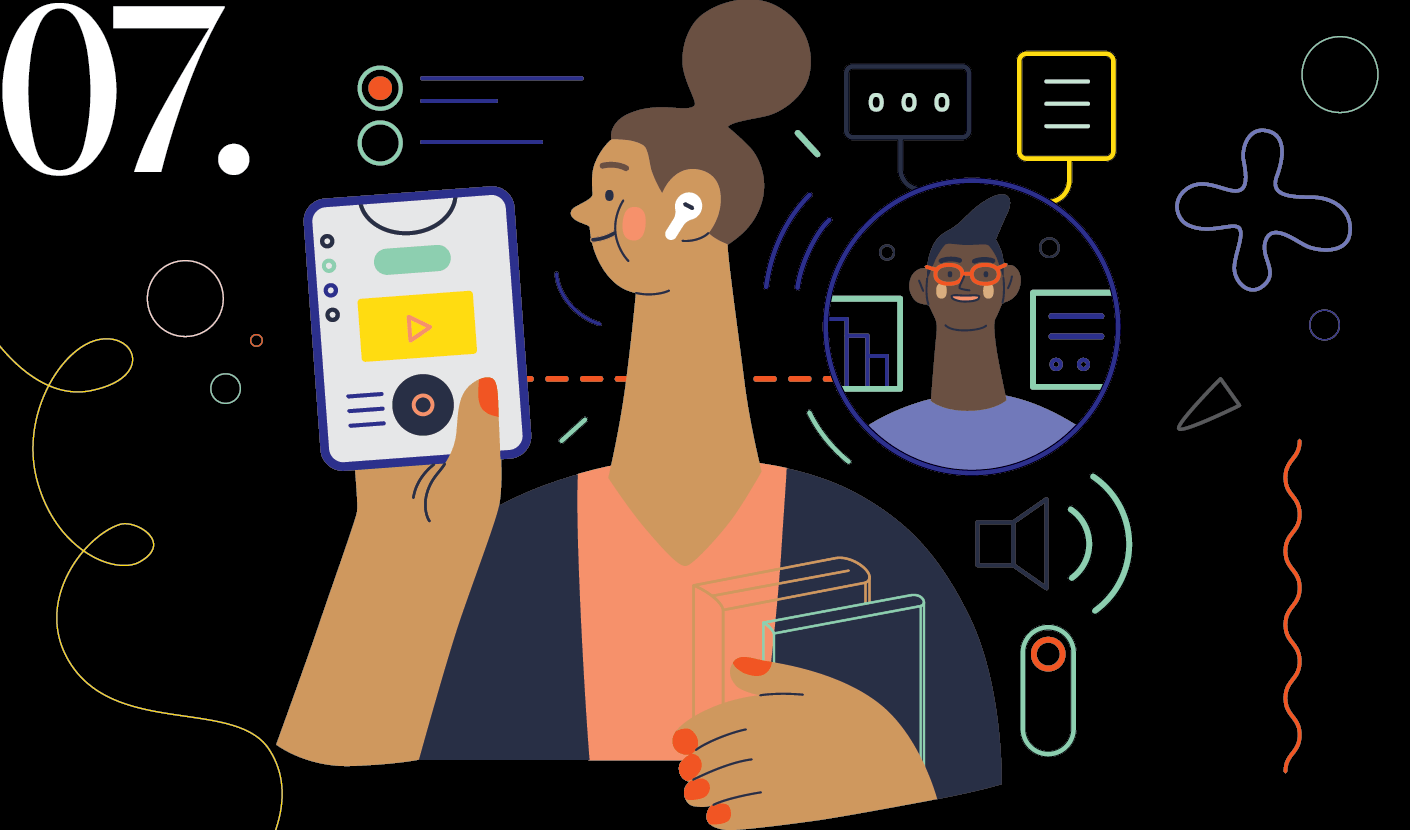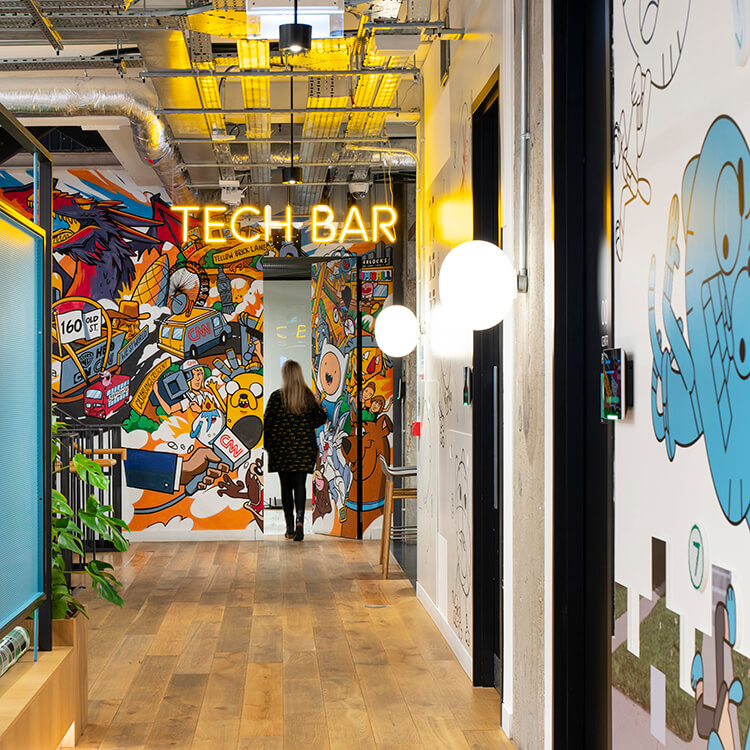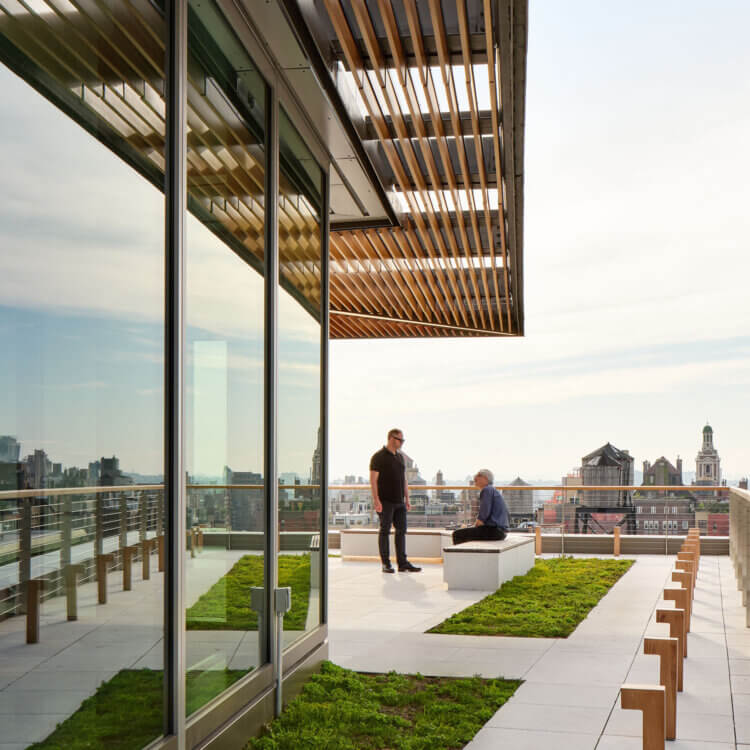7 ways to foster peer-to-peer learning

Employees like learning at work: In fact, according to a 2022 survey by the Society for Human Resource Management (SHRM) and TalentLMS, 76% of employees indicated they would be more likely to stay with a company that offers continuous training. “Today’s talent expects more than continuing education conferences, pre-recorded webinars, and classroom-based passive learning,” says Heather Currier Hunt, an expert in workplace learning and development. “Significant workplace learning happens through peer-to-peer collaboration and hands-on work, and employers that facilitate this kind of interaction will have an advantage when it comes to talent recruitment and retention.”










